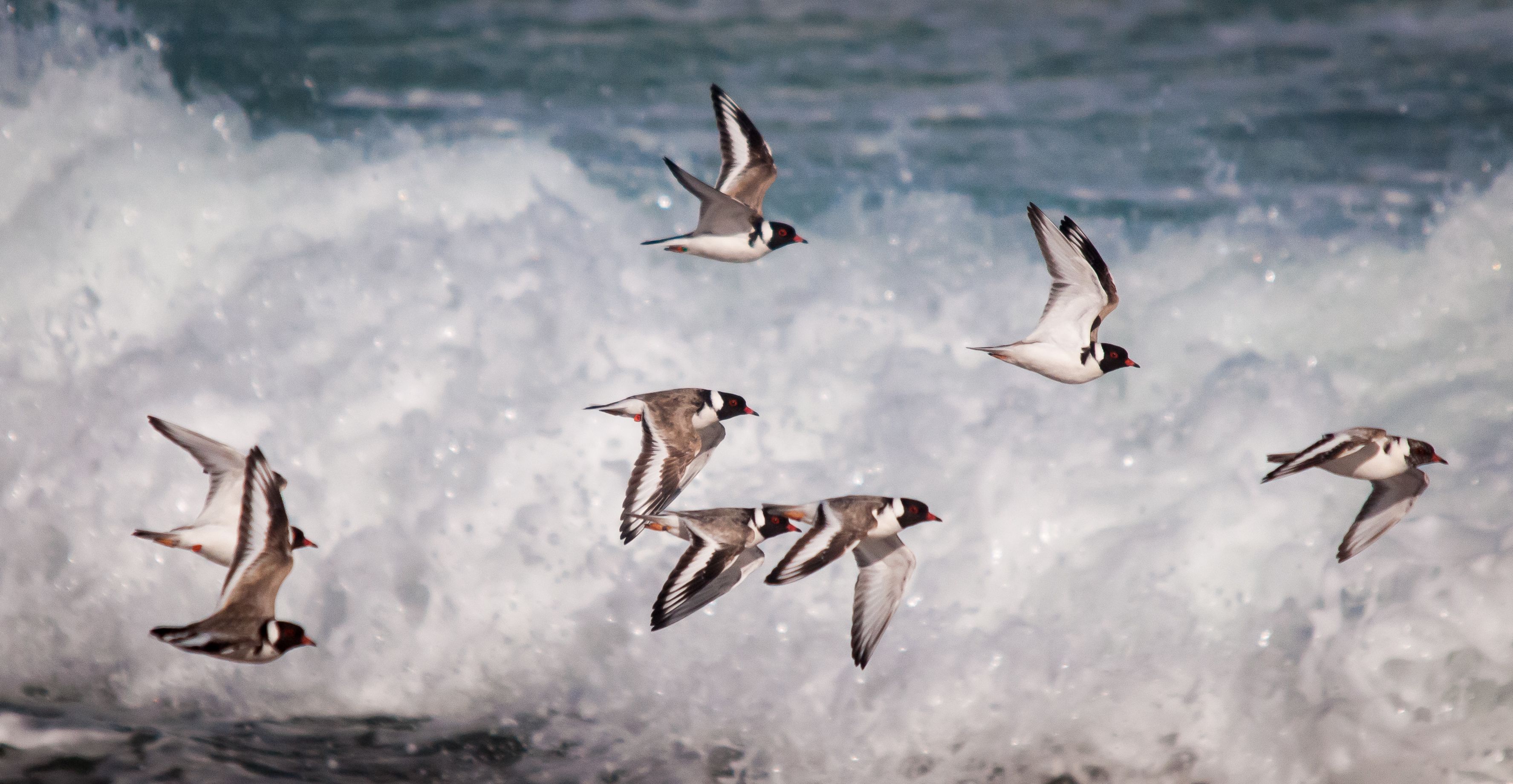Mornington Peninsula National Park is important breeding habitat for the threatened species of beach nesting bird, the hooded plover. Long term fox control and environmental weed removal has occurred along the coast to preserve this breeding habitat.
Mornington Peninsula National Park’s 35 km of coastline is home to about 30 breeding pairs of hooded plovers. There are about 700 hooded plovers in Victoria. This makes Mornington Peninsula National Park's population one of the largest in the state.
Hooded plover breeding success from egg to adult stage is 2.5%. This is due to a variety of threats including the red fox, sea spurge, human impacts, storm surges as well as native threats such as predator birds. The national park is inundated with visitors during summer whilst the hooded plovers are in the middle of their breeding season. Birds can be disturbed, and eggs can be crushed by beach users, including dog walkers and horse riders. Parks Victoria works closely with Birdlife Australia and volunteers to monitor and protect breeding territories. Education programs and community engagement initiatives play a vital role in raising awareness for our local “hoodies”.
Parks Victoria conducts seasonal fox baiting programs through support from external funding sources and in-house labour. Reducing the red fox population alleviates some predatory pressure on the hooded plover as eggs and chicks are so vulnerable to fox predation. Parks Victoria staff have consistently employed a 15-year commitment to the containment, eradication and prevention of the invasive sea spurge in Mornington Peninsula National Park. If not maintained, sea spurge has the potential to replace indigenous vegetation and alter dune morphology. This would result in a loss of important breeding habitat for the hooded plover.

Maintaining a robust set of time-series data on waterbird numbers can assist agencies in monitoring and management. The State of the Marine and Coastal Environment 2021 Report analyses the health of Victoria’s marine and coastal waterbirds.

